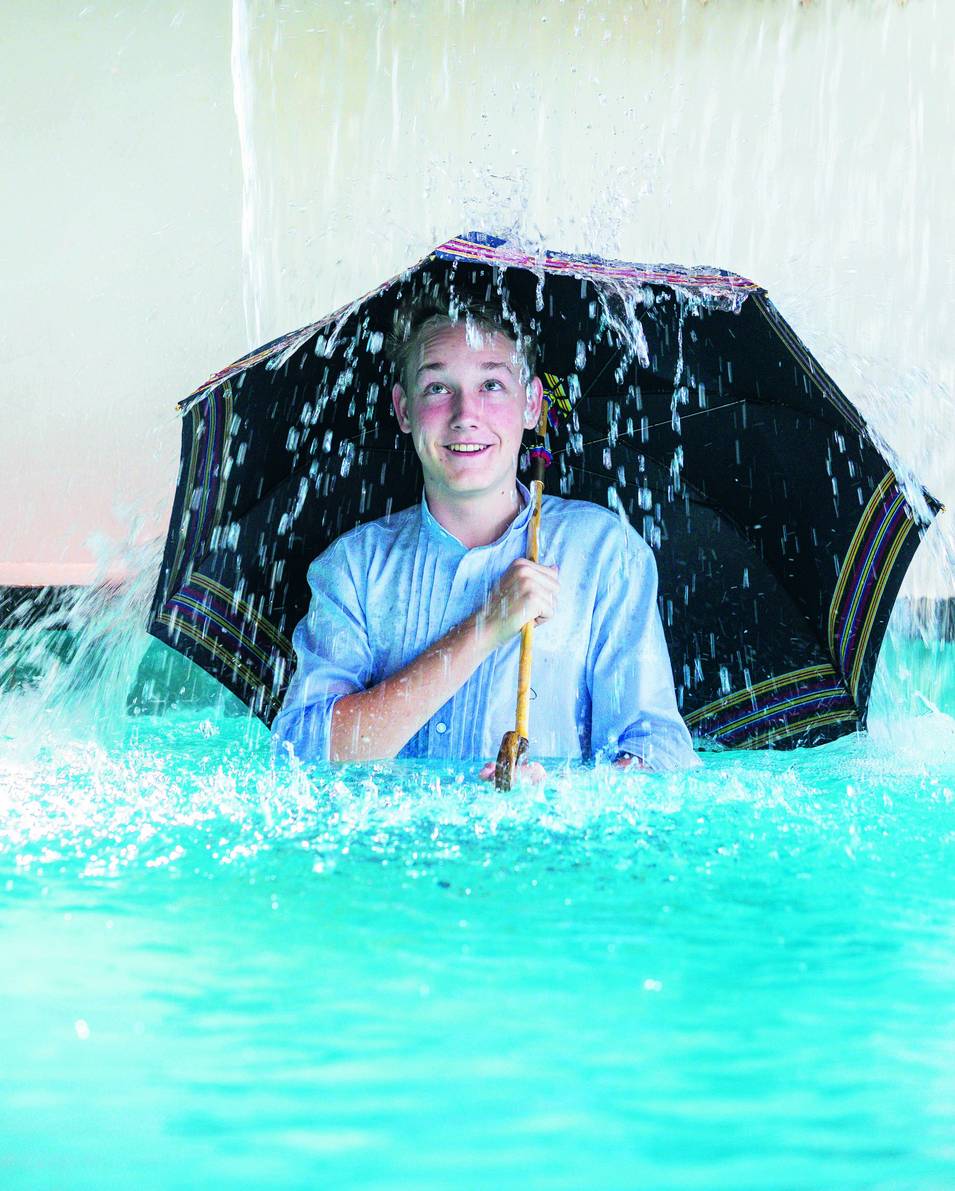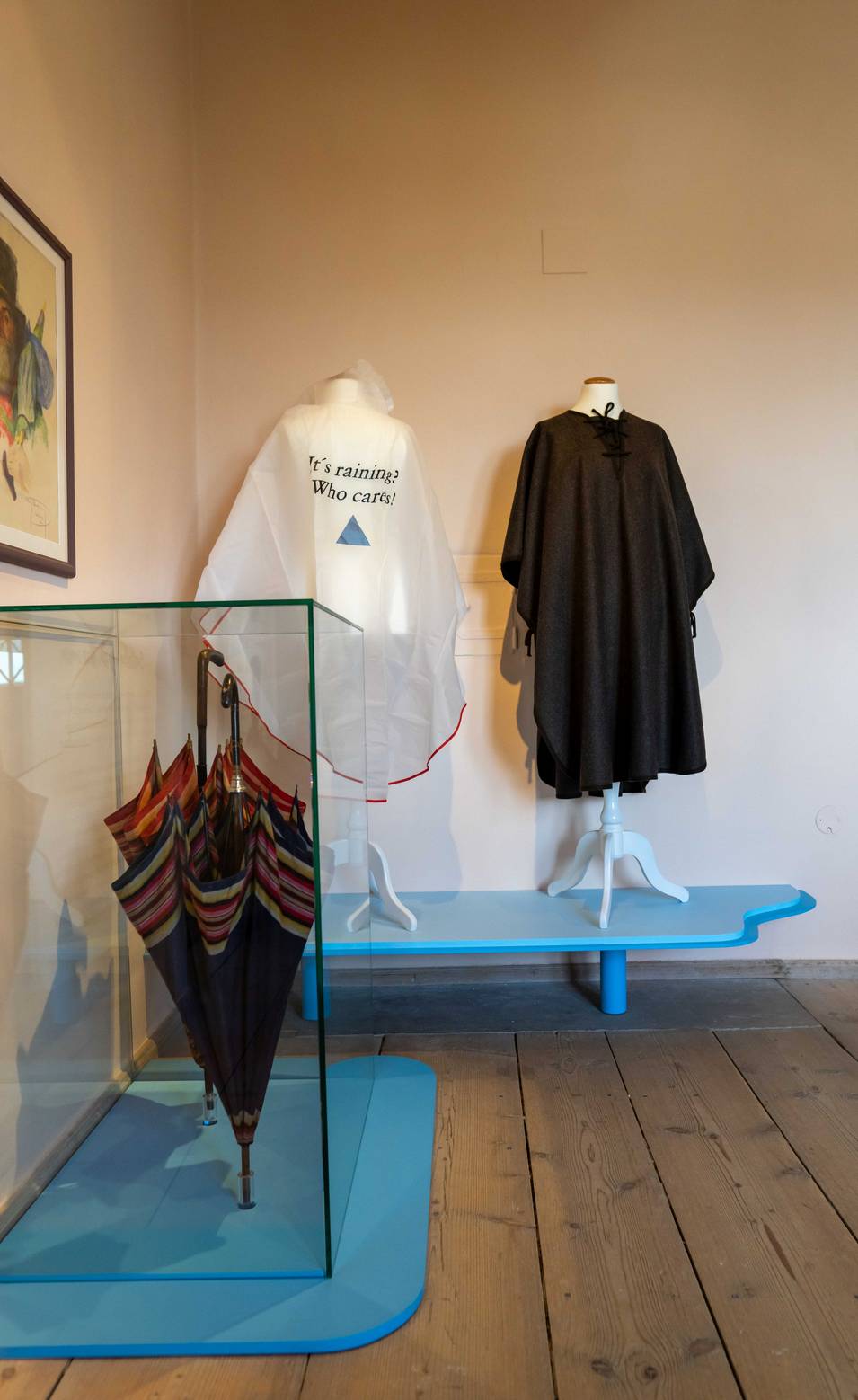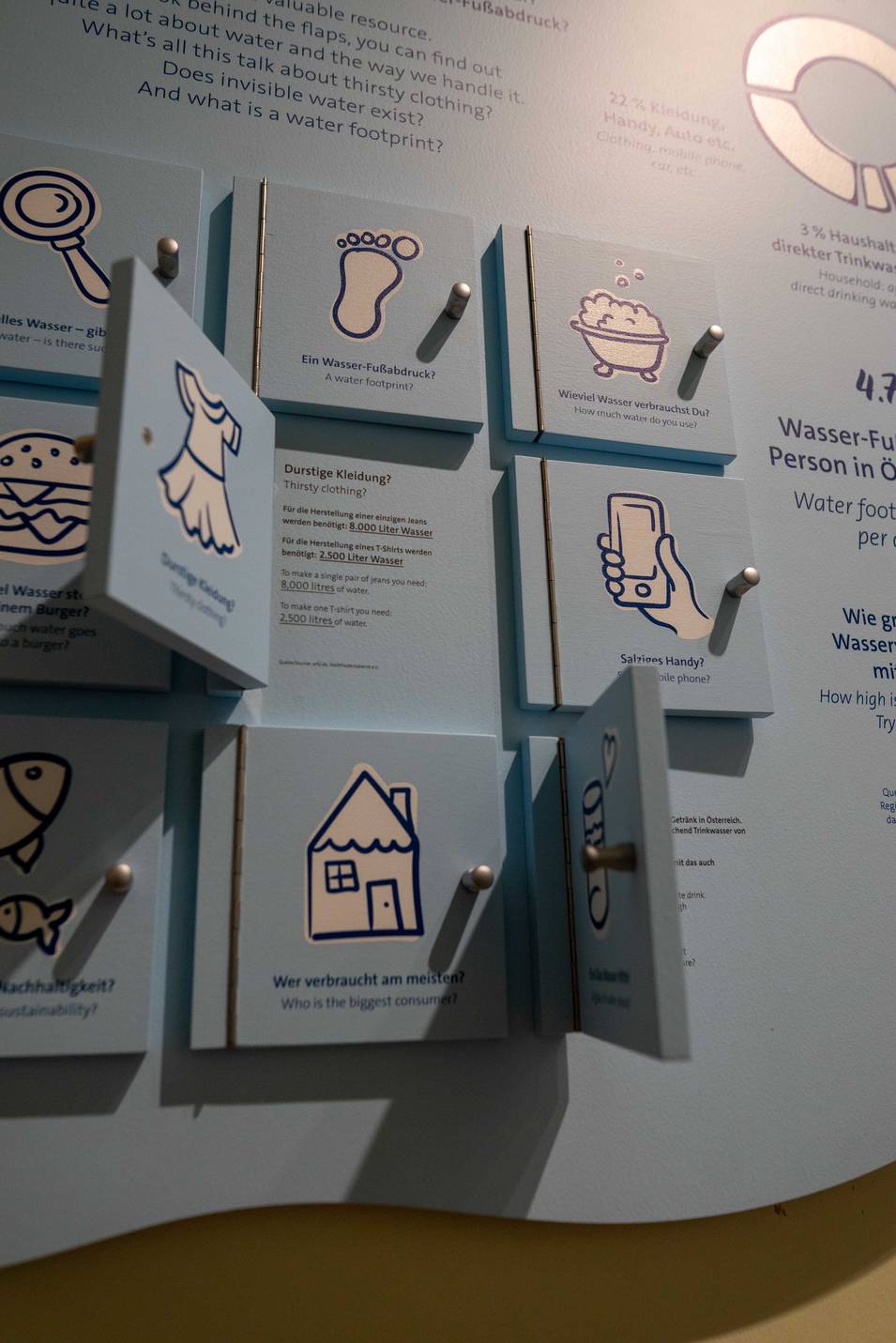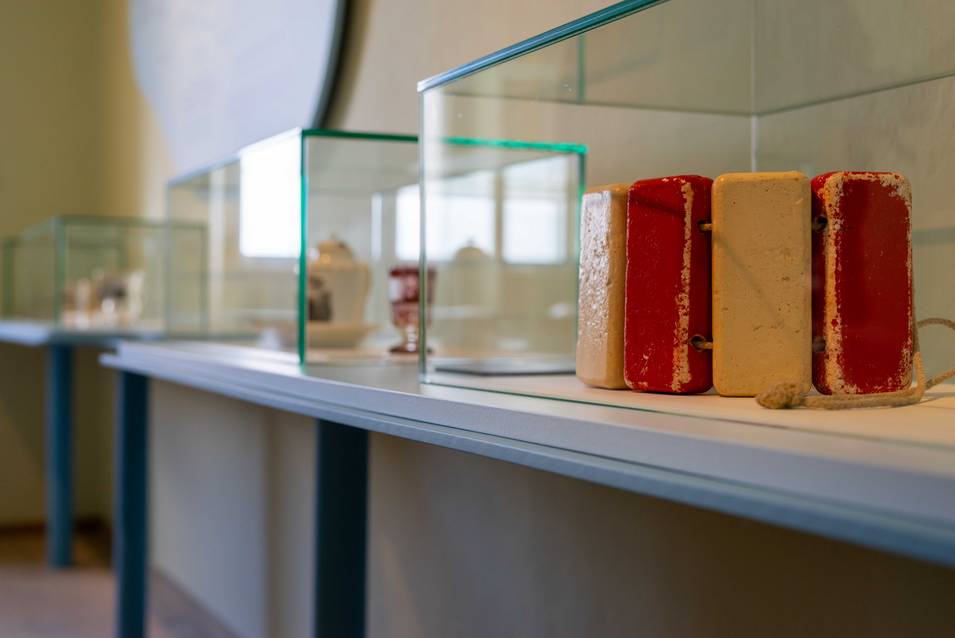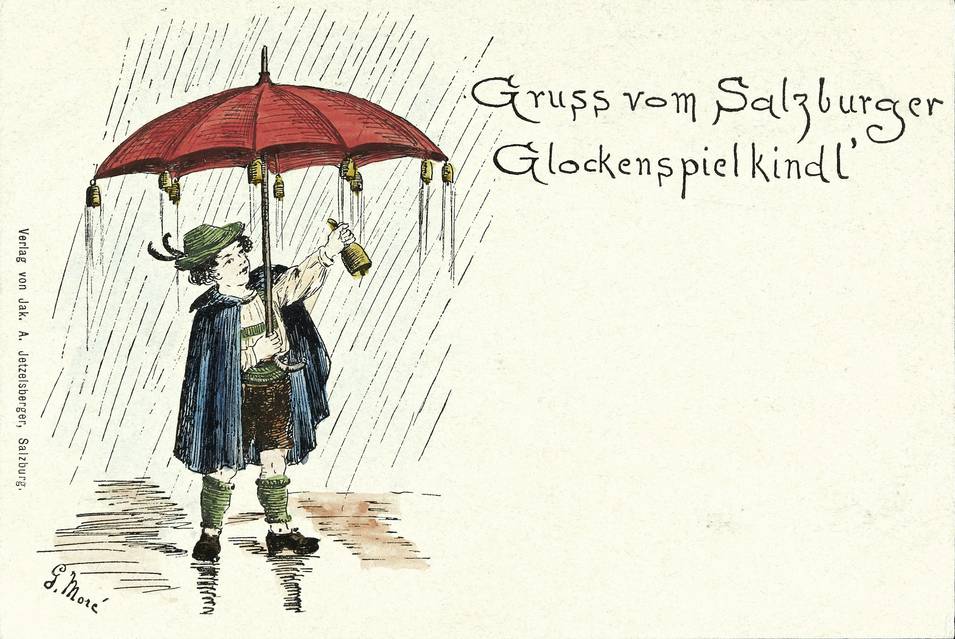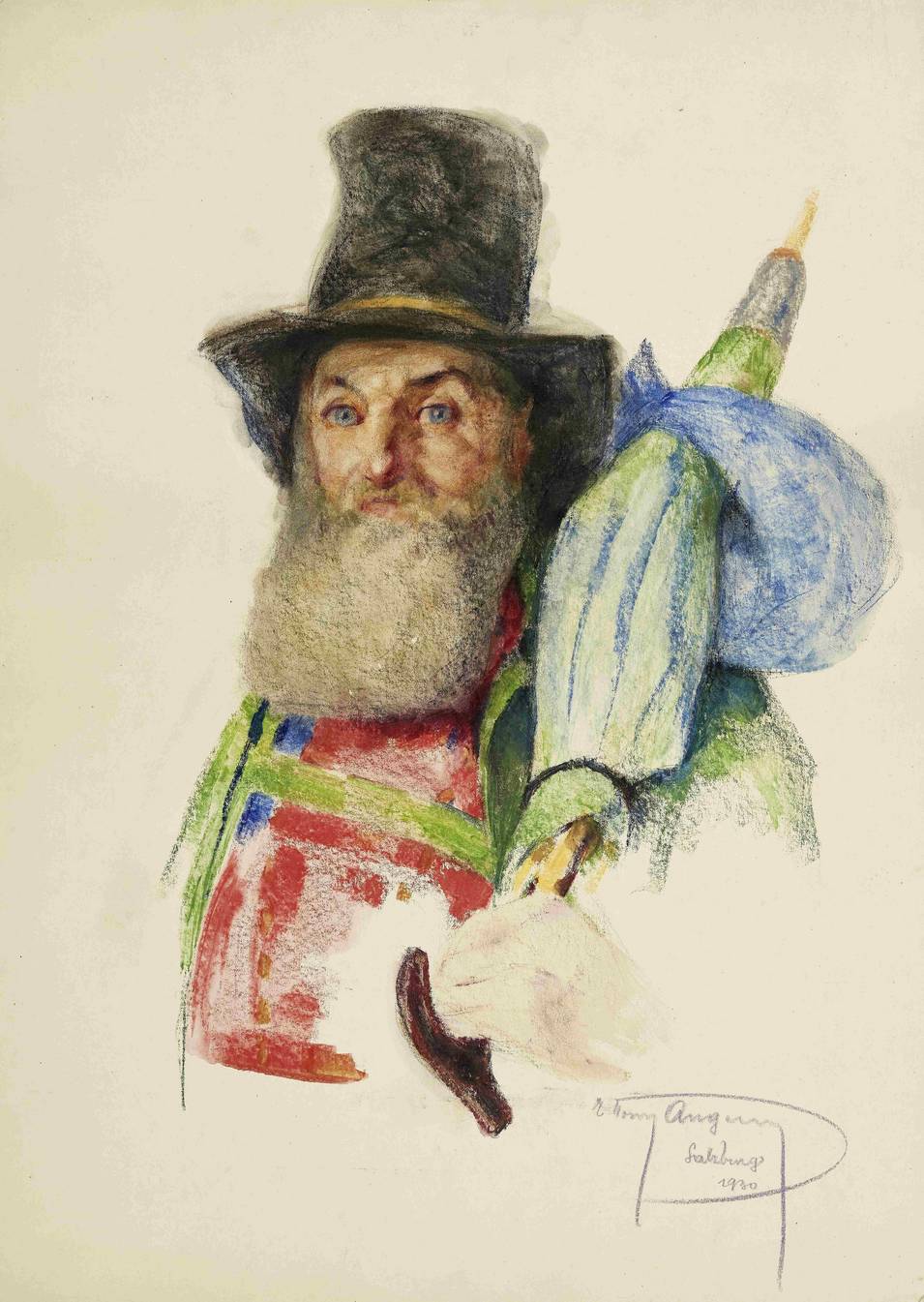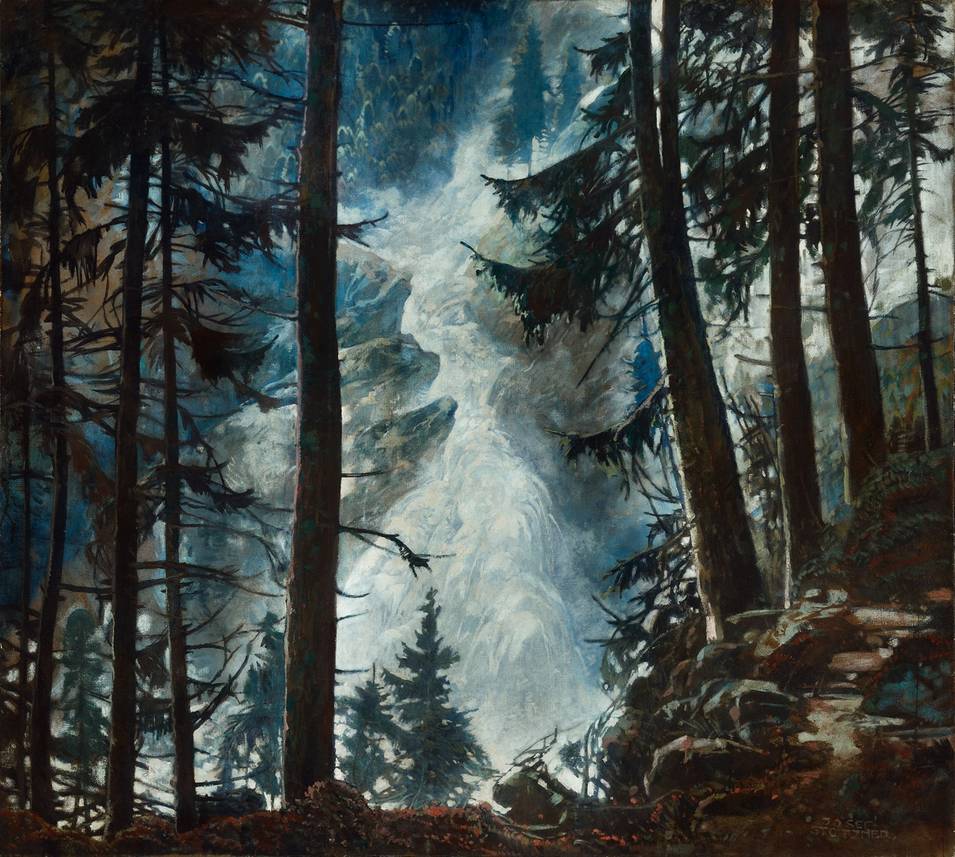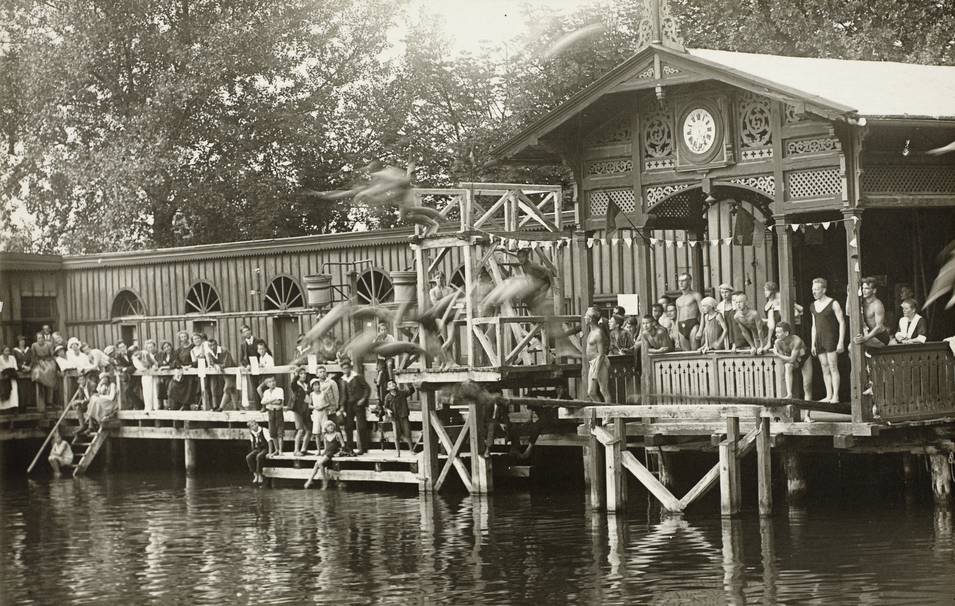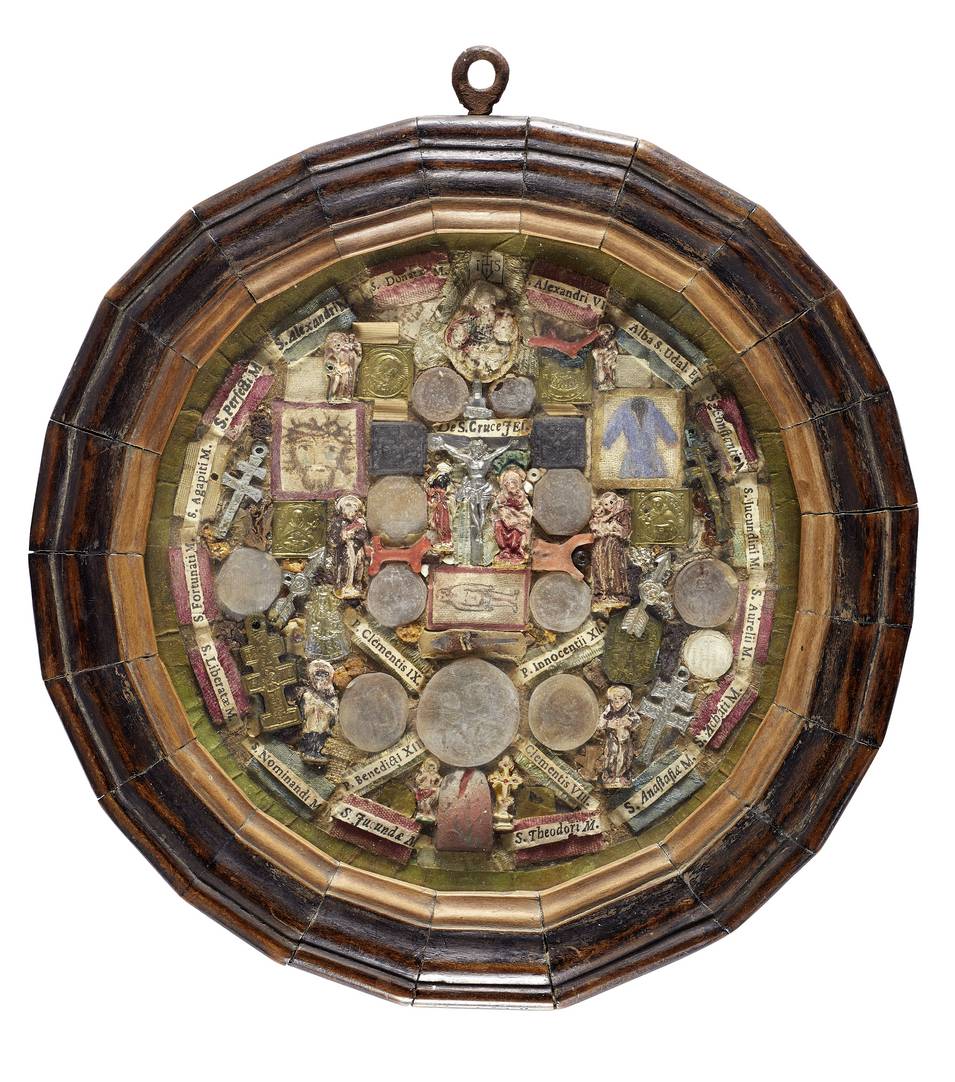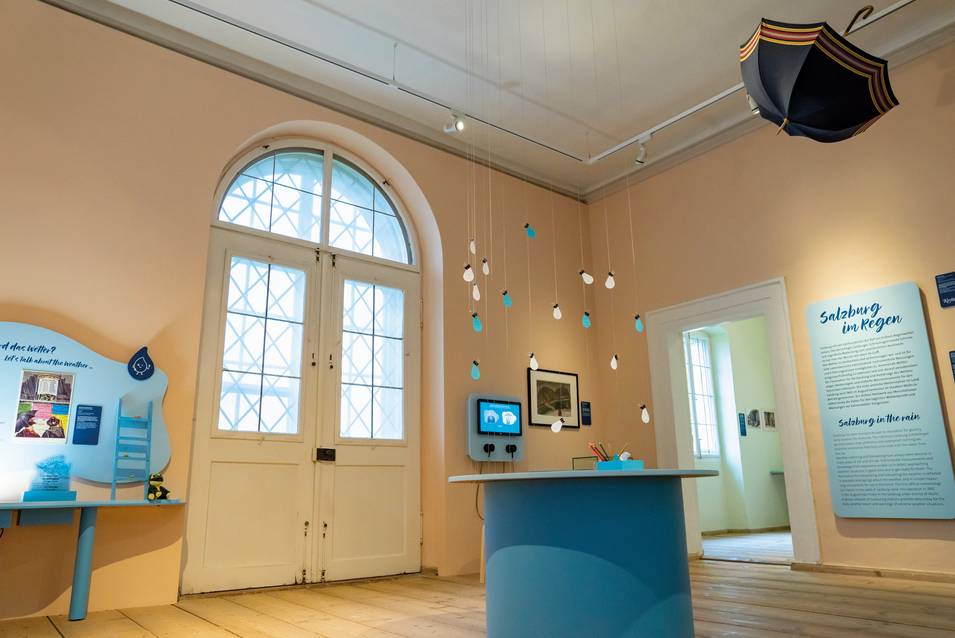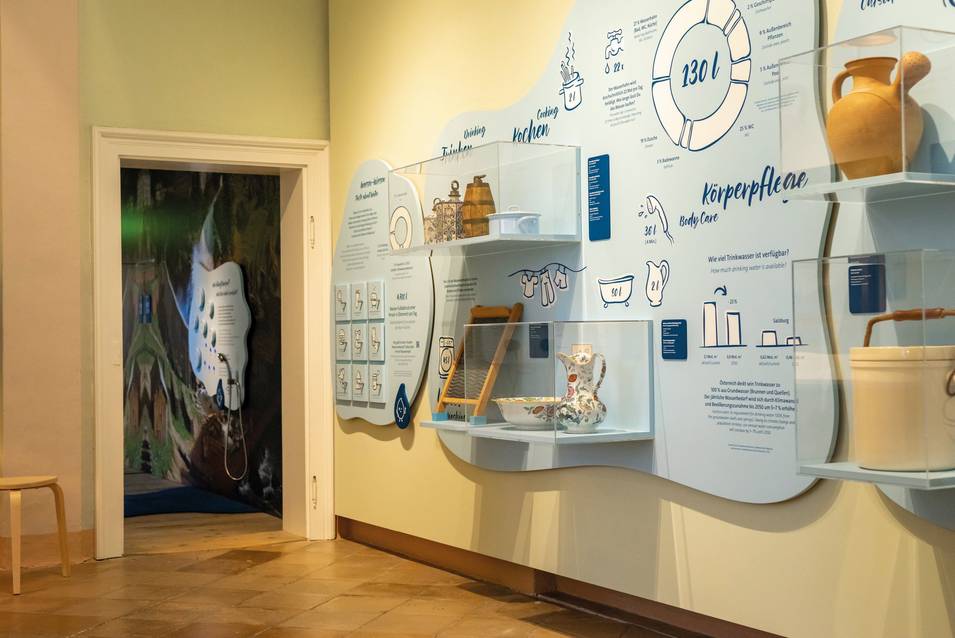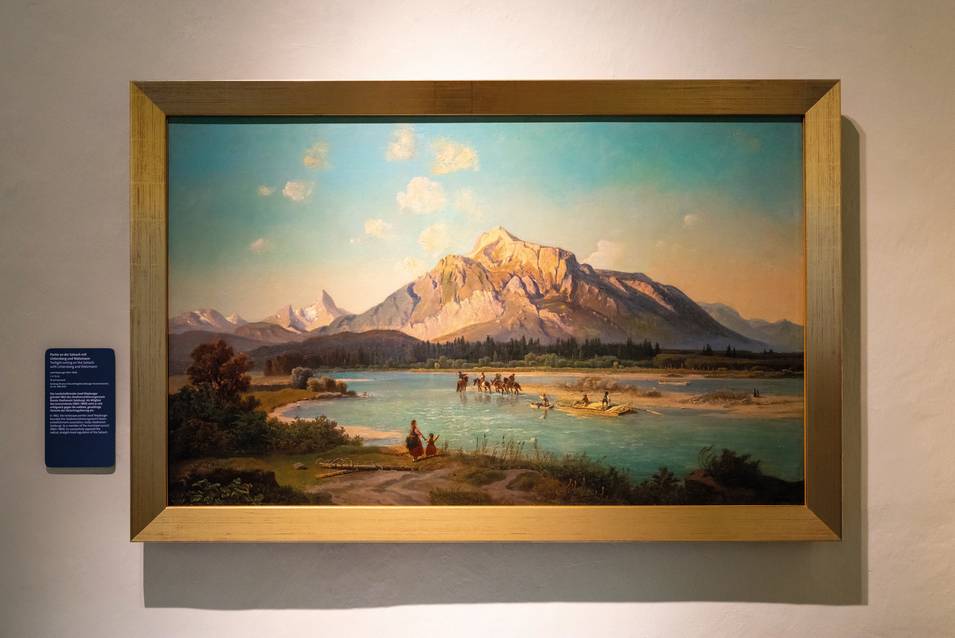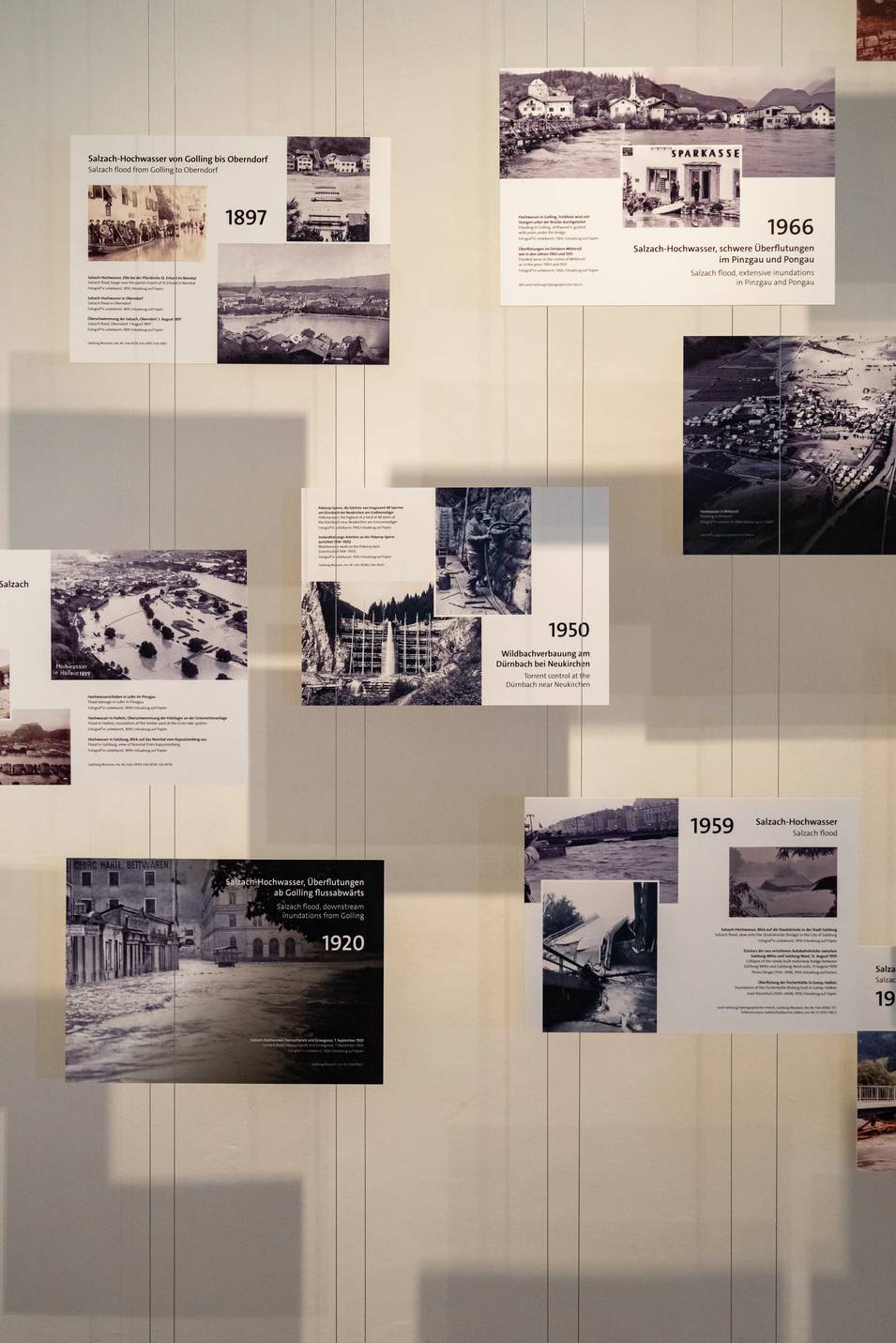Water – enjoy it · use it · fear it
In recent years, the Monatsschlössl in Hellbrunn has grown into a place of special dialogues between the folklore collection and various artistic, historical and socially relevant topics. This concept will be continued with the new exhibition "Water - enjoy it · use it · fear it". Objects from the museum's collections are encountered with scientific findings and statistics on the enjoyment, consumption and dangers of water. Water is both essential to life and a threat to life. Extreme weather events are perceived as a danger and are increasing with climate change. The exhibition addresses current and historical attempts to control water. Weather forecasts, hydrological measurements, flood control structures and contingency plans provide a sense of security that is put to the test in case of an emergency. How do you protect yourself and your home from water? And how much water do you use every day?
Kuratorin: Anna Engl MA BSc


